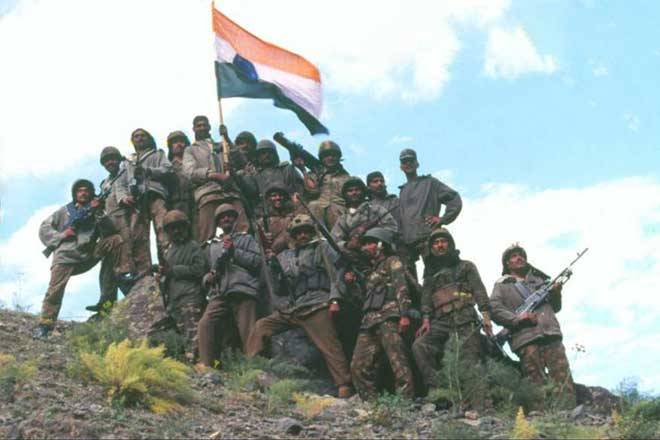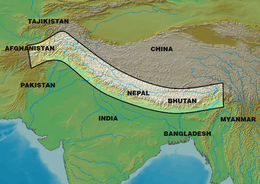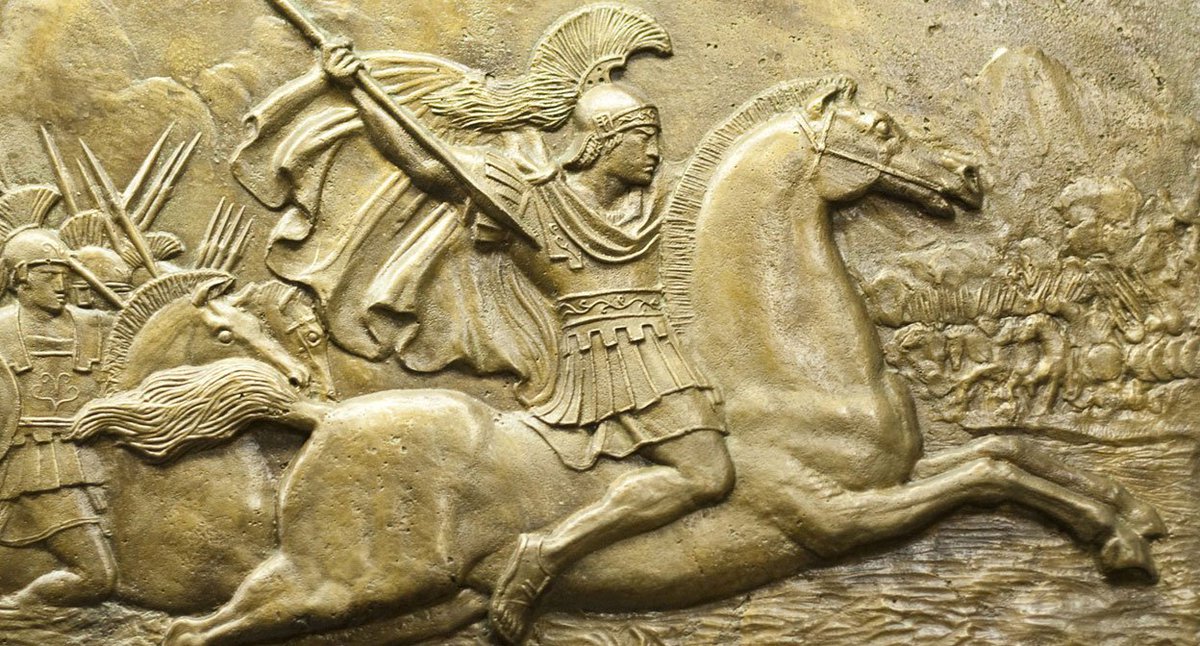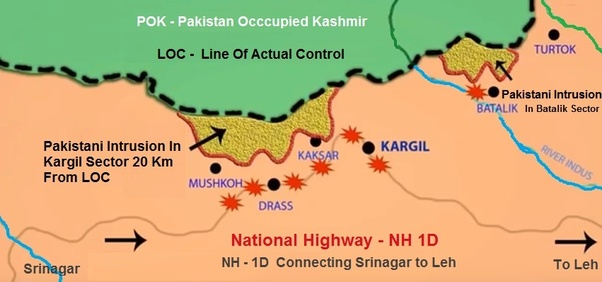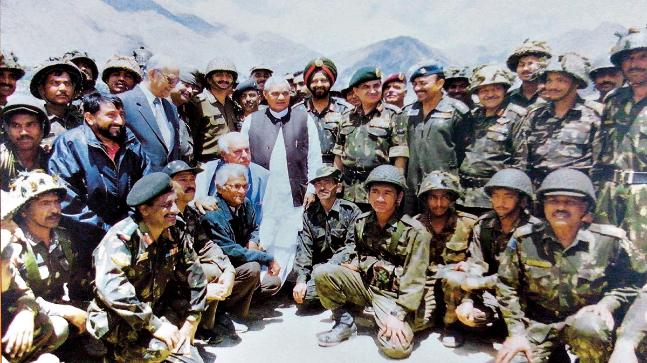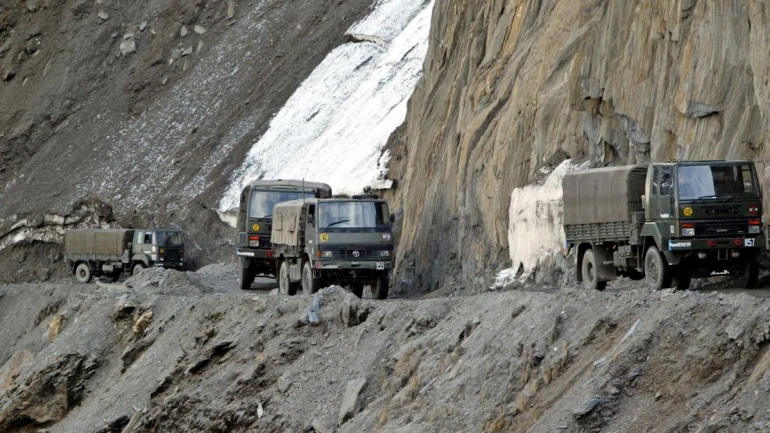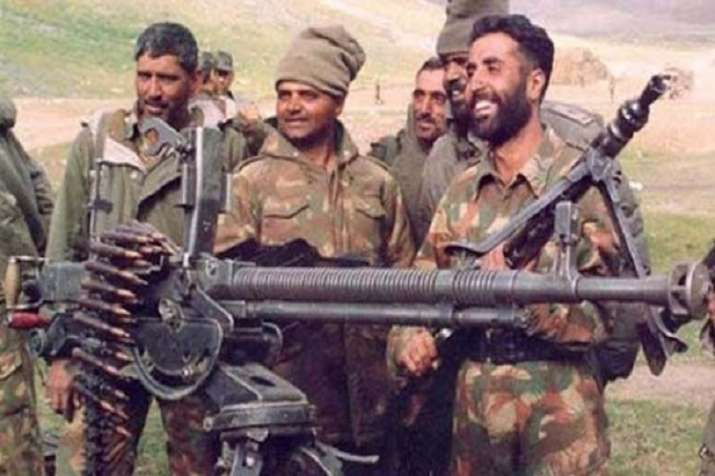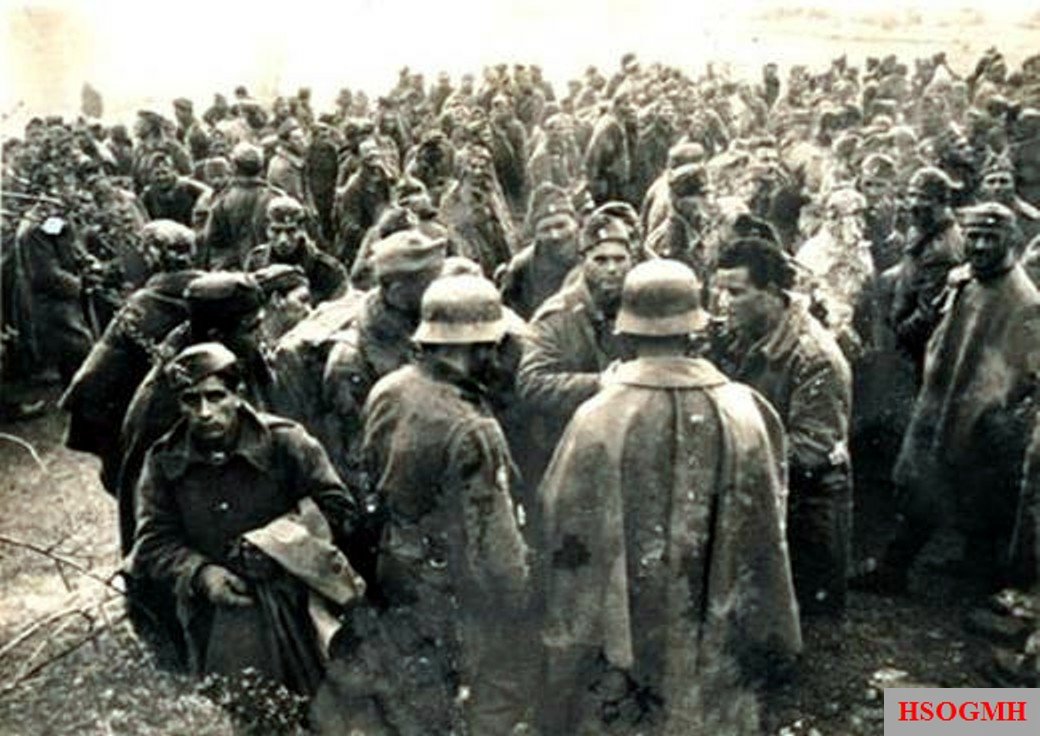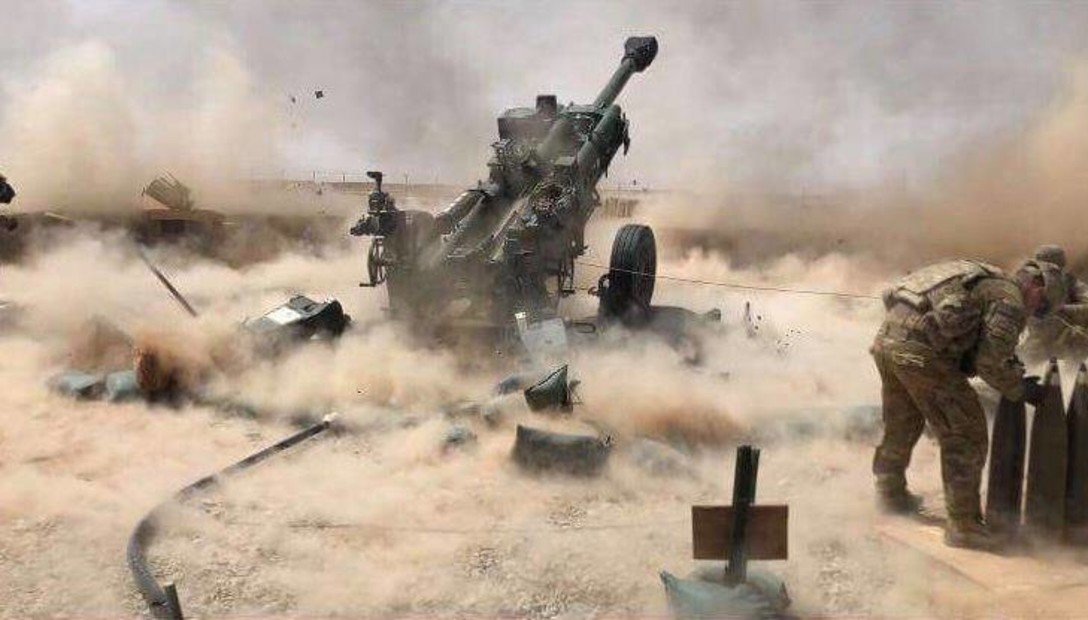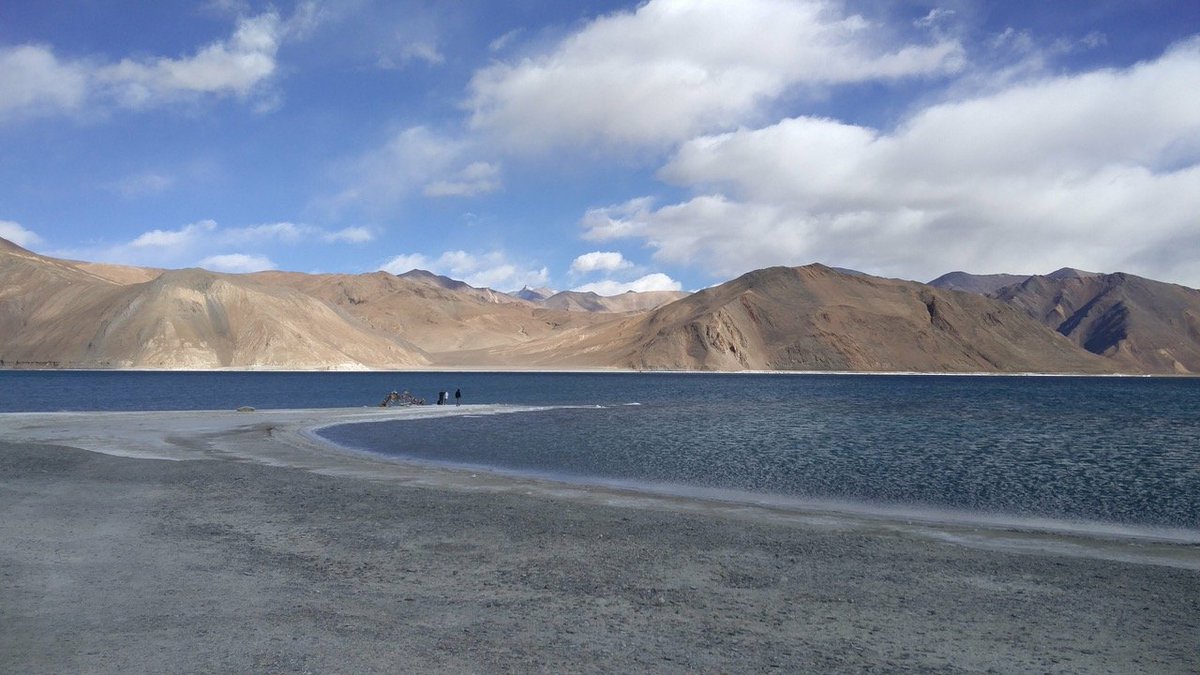Part 1 Thread -
The unique combination of thin air, freezing temperatures, and mountainous terrain that forms the high altitude environment has resisted advances in military technology for centuries.
This is a detailed long thread on High Altitude Warfare.
The unique combination of thin air, freezing temperatures, and mountainous terrain that forms the high altitude environment has resisted advances in military technology for centuries.
This is a detailed long thread on High Altitude Warfare.
The emergence of precision warfare has altered the
nature of warfare on most of the world’s surface, yet has not significantly changed the conduct of ground combat at high altitude
The tactics that lead to victory on the high altitude battlefield have remained constant over time
nature of warfare on most of the world’s surface, yet has not significantly changed the conduct of ground combat at high altitude
The tactics that lead to victory on the high altitude battlefield have remained constant over time
Combat at altitudes approaching 18,000 feet above sea level at Kargil illustrates the timeless nature of high altitude warfare. U.S. combat experiences in the mountains of Afghanistan in 2002 parallel those of the combatants at Kargil.
Despite the overwhelming technological advantage of USA, Trained and well equipped light infantry is the only force capable of decisive maneuver in mountainous terrain.
Heavy volumes of responsive
firepower, in concert with bold maneuver, determine victory. Artillery, rather than air power, remains the preferred source of firepower to support ground maneuver.
firepower, in concert with bold maneuver, determine victory. Artillery, rather than air power, remains the preferred source of firepower to support ground maneuver.
The towering peaks of the Himalayan Mountains have challenged man’s ability to
survive in extreme conditions for centuries. Waging war at high altitude has proven to be
a more daunting task.
survive in extreme conditions for centuries. Waging war at high altitude has proven to be
a more daunting task.
The high altitude environment has posed the same unique
challenges to soldiers throughout history, from Alexander the Great’s Himalayan
expedition in the fourth century B.C. to the current Scenario.
challenges to soldiers throughout history, from Alexander the Great’s Himalayan
expedition in the fourth century B.C. to the current Scenario.
Thin air is the only condition exclusive to high altitude; in the Himalayas, it combines with
freezing temperatures and mountainous terrain to create an inhospitable environment.
freezing temperatures and mountainous terrain to create an inhospitable environment.
In the summer of 1999, Pakistan and India engaged in high altitude combat in
Kargil. Pakistani forces occupied peaks in
India, dominating the lone road that connected India to the remote reaches of the Kashmir.
Kargil. Pakistani forces occupied peaks in
India, dominating the lone road that connected India to the remote reaches of the Kashmir.
The Indian Army faced the formidable task of defeating an enemy entrenched atop commanding heights. A campaign that lasted seventy-four days concluded with India emerging victorious
The high altitude environment determined the nature of the conflict and shaped the conduct of the campaign.
The combination of thin air, cold weather and rugged mountains has dramatic effects on men and their equipment.
The combination of thin air, cold weather and rugged mountains has dramatic effects on men and their equipment.
Reduced oxygen leads to a variety of physiological
changes and illnesses, some of which can prove fatal. Low air pressure alters the accuracy and range of both weaponry and aircraft. Cold weather incapacitates soldiers and degrades equipment.
changes and illnesses, some of which can prove fatal. Low air pressure alters the accuracy and range of both weaponry and aircraft. Cold weather incapacitates soldiers and degrades equipment.
Mountainous terrain makes all aspects of warfare more difficult. Steep gradients make movement slow and hazardous. High peaks and
ridgelines expose men to the elements as well as plunging and often unseen enemy fire.
ridgelines expose men to the elements as well as plunging and often unseen enemy fire.
These characteristics create an unforgiving battlefield, in which the environment can prove as deadly as the enemy.
Mountaineering expertise and well-conditioned soldiers proved essential for success.
Mountaineering expertise and well-conditioned soldiers proved essential for success.
Possession of the high ground provided an early advantage to Pakistan, yet did not ensure victory.
After initial setbacks, Indian firepower and maneuver, the integration of massed artillery
and overwhelming force, overcame Pakistani forces atop commanding heights.
After initial setbacks, Indian firepower and maneuver, the integration of massed artillery
and overwhelming force, overcame Pakistani forces atop commanding heights.
In the end, fierce close combat between
infantry units decided the outcome of the battle.
The Kargil Conflict illustrates the timeless challenges posed by combat at high
altitude. Tactics proven in earlier mountain wars succeeded at Kargil.
infantry units decided the outcome of the battle.
The Kargil Conflict illustrates the timeless challenges posed by combat at high
altitude. Tactics proven in earlier mountain wars succeeded at Kargil.
Successful Indian offensive tactics mirror those used by both the Gebirgsjaeger of the German Army in the
Rhodope Mountains of Greece and the U.S. Army’s 10th Mountain Division in the
Apennines of Italy during the Second World War.
Rhodope Mountains of Greece and the U.S. Army’s 10th Mountain Division in the
Apennines of Italy during the Second World War.
Fire and maneuver, provided by
artillery and small well-trained infantry units, decided the battle. Pakistani forces exposed atop the ridgelines at
Kargil succumbed to massive firepower and bold maneuver, as fortified Greek positions
had fallen to overwhelming German fire.
artillery and small well-trained infantry units, decided the battle. Pakistani forces exposed atop the ridgelines at
Kargil succumbed to massive firepower and bold maneuver, as fortified Greek positions
had fallen to overwhelming German fire.
The implications for high altitude combat are clear. Well-trained and equipped light infantry is the only force capable of decisive maneuver in rugged
mountain terrain. Artillery, rather than air power, remains the preferred source of
firepower to support ground maneuver.
mountain terrain. Artillery, rather than air power, remains the preferred source of
firepower to support ground maneuver.
Close air support cannot be relied upon as the
sole source of fire to support maneuver on the high altitude battlefield. Critical mistakes
in adapting to high altitude and mountain terrain will continue to prove costly.
sole source of fire to support maneuver on the high altitude battlefield. Critical mistakes
in adapting to high altitude and mountain terrain will continue to prove costly.
Inadequate artillery support plagued U.S. Army operations in the mountains of
Afghanistan in 2002, just as it hindered initial Indian offensives at Kargil. Advances in
military technology have not made these lessons obsolete
Afghanistan in 2002, just as it hindered initial Indian offensives at Kargil. Advances in
military technology have not made these lessons obsolete
Mountain ranges divide Ladakh and dominate its landscape. The Great Himalayan Range separates Ladakh from the Kashmir Valley. The peaks in the
Kargil district rise to altitudes between 16,000 feet (4,880 m) and 18,000 feet (5,485 m)
above sea level.
Kargil district rise to altitudes between 16,000 feet (4,880 m) and 18,000 feet (5,485 m)
above sea level.
High altitude produces extremely low temperatures across the region. As a
general rule, the temperature drops one degree centigrade for each 100-meter increase in
elevation
general rule, the temperature drops one degree centigrade for each 100-meter increase in
elevation
The stark landscape,
combined with arctic temperatures, has caused travelers to refer to the region as a “cold
desert.”
combined with arctic temperatures, has caused travelers to refer to the region as a “cold
desert.”
High elevation creates a unique atmosphere in the mountains around Kargil.
Ultraviolet light increases rapidly with rise in elevation. The radiation level is 55 percent
higher than at sea level, and can cause severe sunburn and snow blindness
Ultraviolet light increases rapidly with rise in elevation. The radiation level is 55 percent
higher than at sea level, and can cause severe sunburn and snow blindness

 Read on Twitter
Read on Twitter